INTRODUCTION
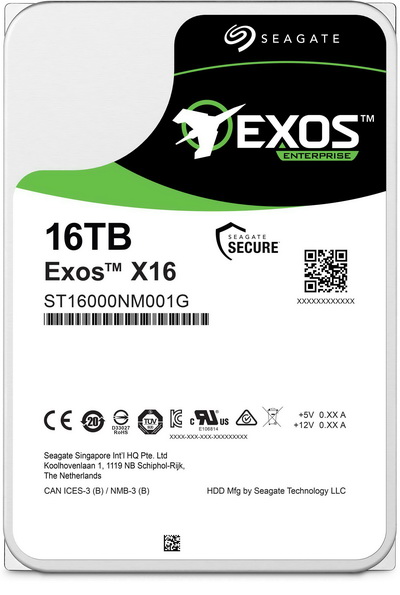
Almost two years ago and while we were testing some of the very first 12TB 3.5" hard disk drives to hit the market by Seagate we "predicted" that 20TB models would be possible by 2020 largely thanks to the upcoming heat assisted magnetic recording technology (or HAMR for short - Western Digital on the other hand has invested heavily in their very own MAMR technology - microwave assisted magnetic recording) which basically increases storage density by quite a bit compared to shingled magnetic recording (SMR) and two-dimensional magnetic recording (TDMR). In early 2017 Seagate also announced that early drives featuring that technology made their way to several of their key partners so we were quite anxious to see what they’ve been working on over the past decade or so. Well it may have taken slightly longer for Seagate to release their HAMR drives to the public but we still have their brand new 16TB models of the EXOS X16, IronWolf Pro and IronWolf lines announced in early June. Well unlike the 14TB line by Seagate this time over we managed to get all three models and we'll be starting our tests with the EXOS X16 16TB.
Seagate is the global leader in data storage solutions, developing amazing products that enable people and businesses around the world to create, share and preserve their most critical memories and business data. Over the years the amount of information stored has grown from megabytes all the way to geopbytes, confirming the need to successfully store and access huge amounts of data. As demand for storage technology grows the need for greater efficiency and more advanced capabilities continues to evolve.
The EXOS X16 Enterprise line by Seagate is primarily aimed towards hyperscale applications, data centres and centralised surveillance and currently includes both SATA/SAS Helium based models in 14/16TB capacities (EXOS X12 line includes 12TB models and the X10 line includes 10/8TB models). Under the hood of the new EXOS X16 16TB we find a total of 9 platters (adding to a total usable storage space of 14901.98GB) that spin at 7200RPM and are paired with a total of 18 read/write heads and 256MB of DRAM cache. Of course, since the EXOS X16 is the top Enterprise line by Seagate currently it also features several state-of-the-art technologies including PowerBalance (allows for reduced power consumption with balanced performance levels), PowerChoice (improved power and cooling efficiency based on the T10/T13 power management standards), FastFormat (supports fast formatting of both legacy 512-byte emulation and 4K native sizes), Secure (for self-encryption drives like the EXOS X16) and RAID Rebuild (faster RAID recovery). Seagate also covers the entire EXOS X16 line with a 5 year limited warranty and reports an MTBF (mean time between failures) of 2.5 million hours and an endurance number of 550 TB/yr (TBW).
SPECIFICATIONS AND FEATURES

THE EXOS X16 16TB
Once again, we received a bulk sample wrapped inside a static-free bag.
The housing of the EXOS X16 16TB SATA III HDD is almost identical to that of the IronWolf Pro 14TB which we reviewed last year.
That of course doesn't include the top sticker which typical has the product line logo and name and includes various details about the drive such as serial and part numbers and barcodes, installed firmware version, PSID, factory rollout date, electrical requirements, Seagate HQ contact information and several certifications.
As mentioned already the enclosure is identical to that of the IronWolf Pro 14TB model.
Turning over the drive we find the usual PCB with all of the components protected on the interior side.
The usual SATA III power and data connectors are located at the rear of the drive right next to three pins (probably used for firmware updates).
TEST BED
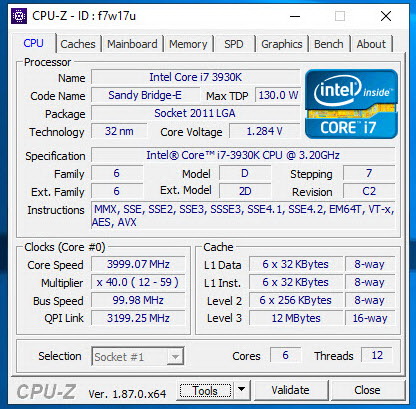

TESTING METHODOLOGY
Thoroughly testing hard disk drives may require time and patience but that's just about it. Of course, that doesn't mean that one must take it lightly, at least not when people base their decision on your results. True some choose to only use 2 or 3 benchmarking suits in order to measure the performance of a drive or drives since quite honestly most benchmarking suites do tend to agree with each other (so it's not really wrong) but we always like to take things a step further not because we have to but because we want to be almost 100% certain of the results we get and post in our charts.
So, in this kind of reviews we will use a total of 7 different benchmarking suites in an effort to bring you the most accurate results across the board. Now the only reason why i say effort is because real-world usage is not always on par with what results one gets by running several benchmarks on a drive and that's mainly because there are many variables at work from ambient temperatures to hardware configurations and even firmware versions. The benchmarking applications we use are the AIDA64 suite (former Everest Pro), HD Tune Professional (as of October 2016 we also record seek times of 3.5” drives), HD Tach RW, ATTO, Sisoftware Sandra Pro, Crystal Disk Mark 64bit and the PCMARK 7 (secondary storage suite). These benchmarking tools are the best in what they do and as you will also see later on their results more or less agree. Each test is performed a total of 6 times and then the average is recorded into the charts. Temperatures are recorded using Hard Disk Sentinel and after 45 minutes of continuous testing in a 23 degrees Celsius temperature controlled room. Finally, we also use an ExTech HD600 dBA meter on each of the drives (5cm away) in order to accurately record their noise levels (during access), although if you don't turn off all system fans when doing so it's quite possible that you will never even hear the drive. The operating system used is a fresh installation of Microsoft Windows 10 Pro with every update installed up until the 20th of June 2019.
TEST RESULTS - AIDA64 / ATTO


TEST RESULTS - HD TACH RW / HD TUNE PRO

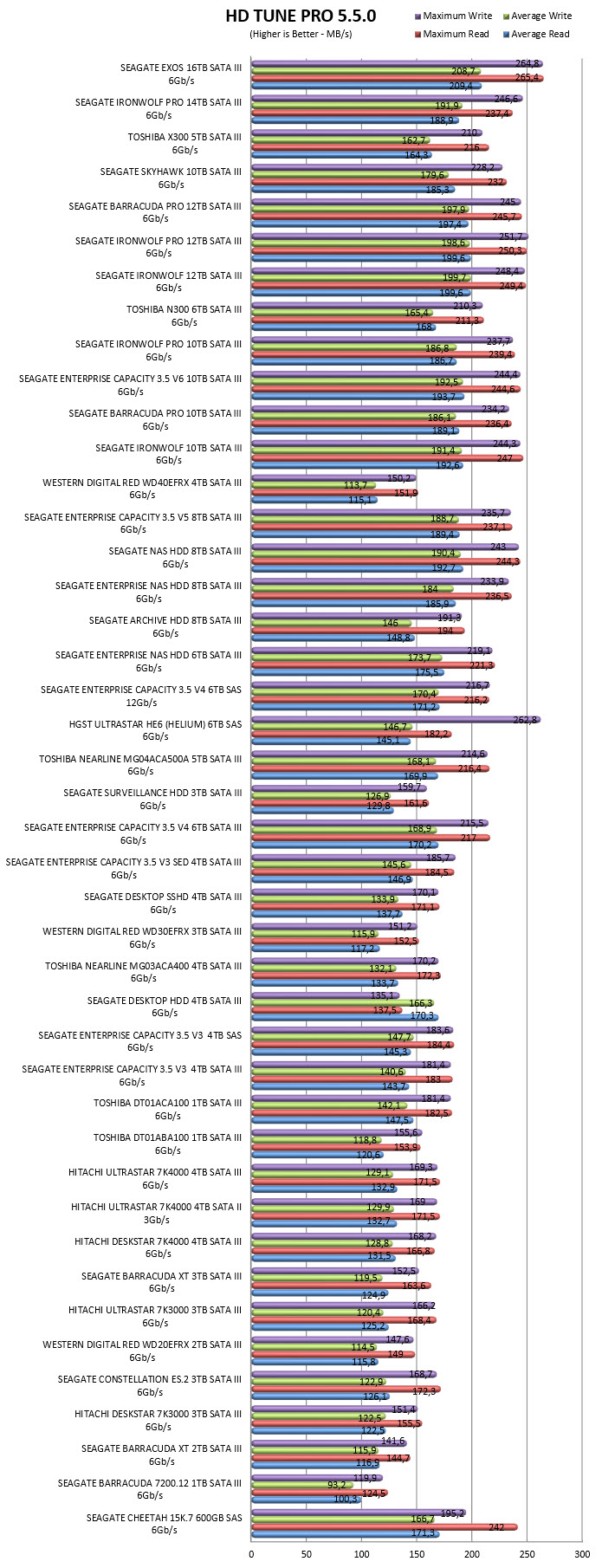
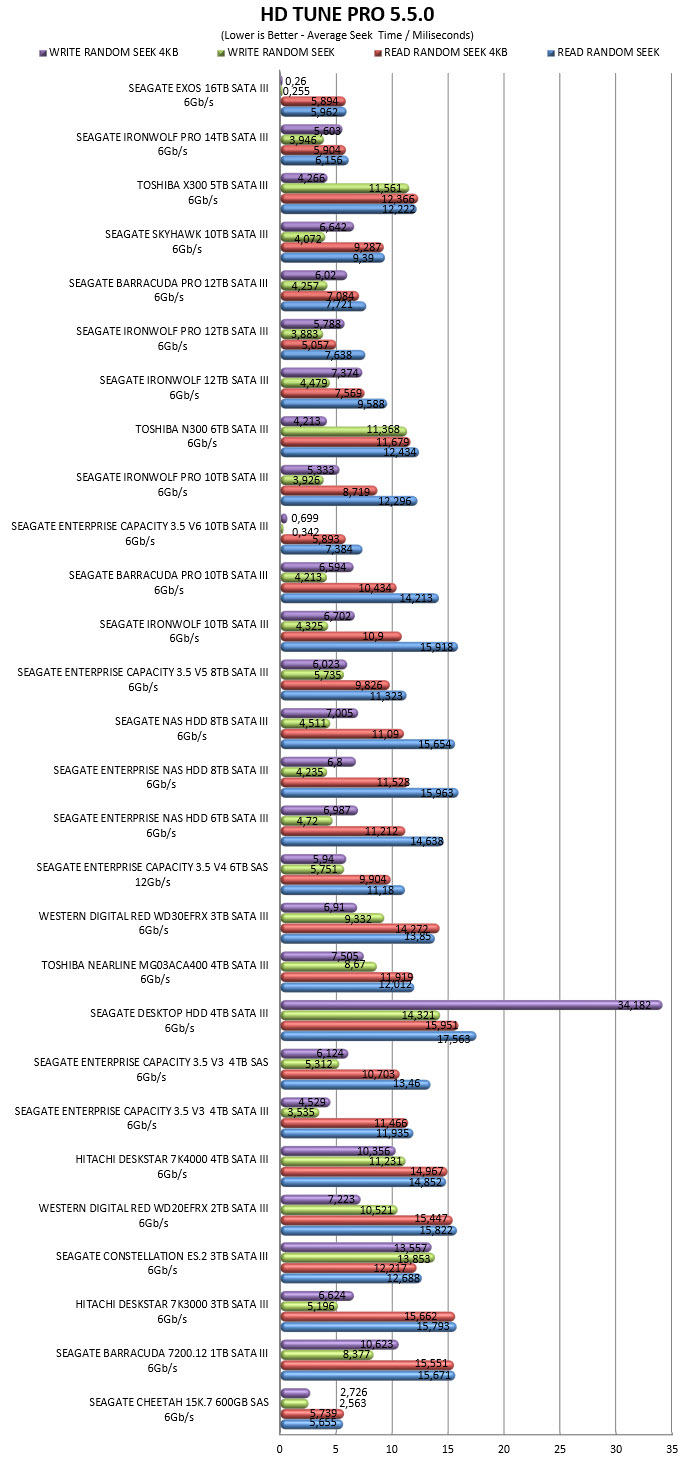
TEST RESULTS - SISOFTWARE SANDRA PRO / CRYSTAL DISK MARK X64
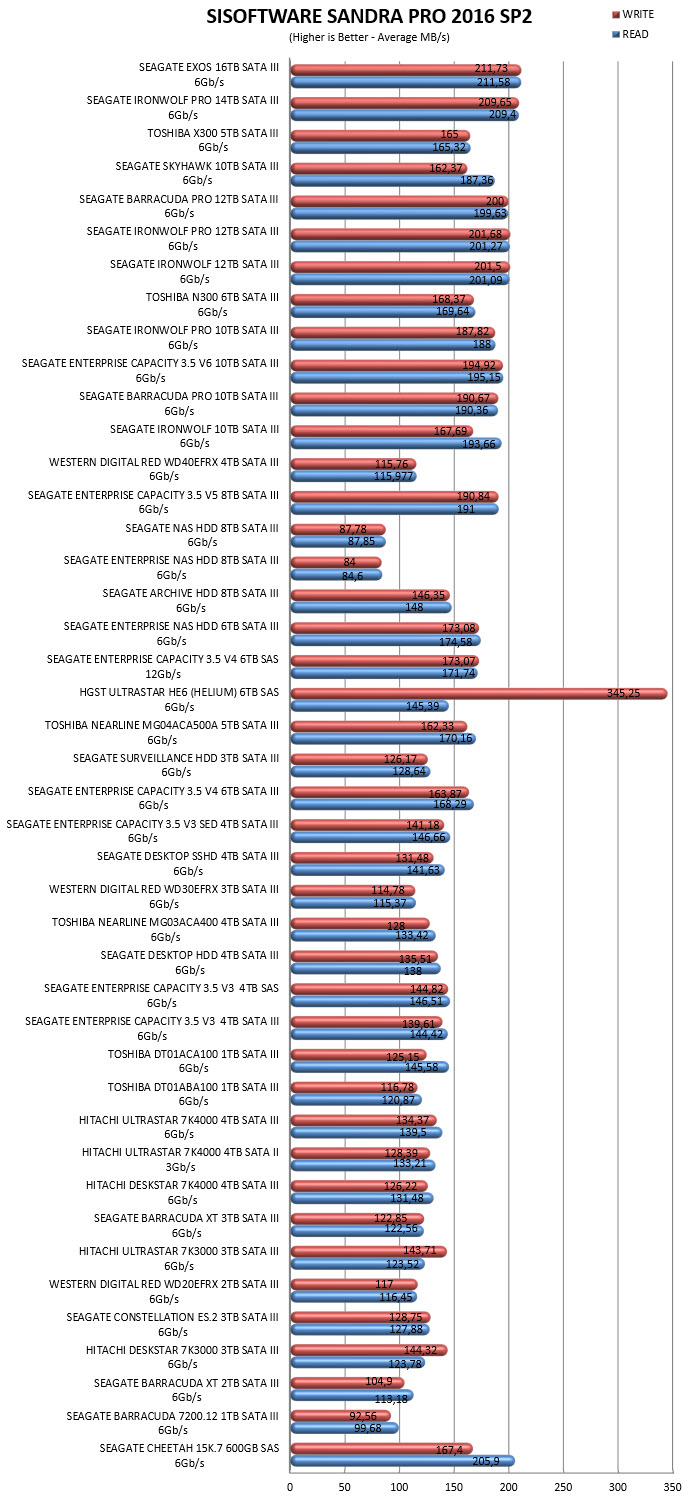

TEST RESULTS – PCMARK 7 PRO / TEMPERATURES / NOISE LEVELS
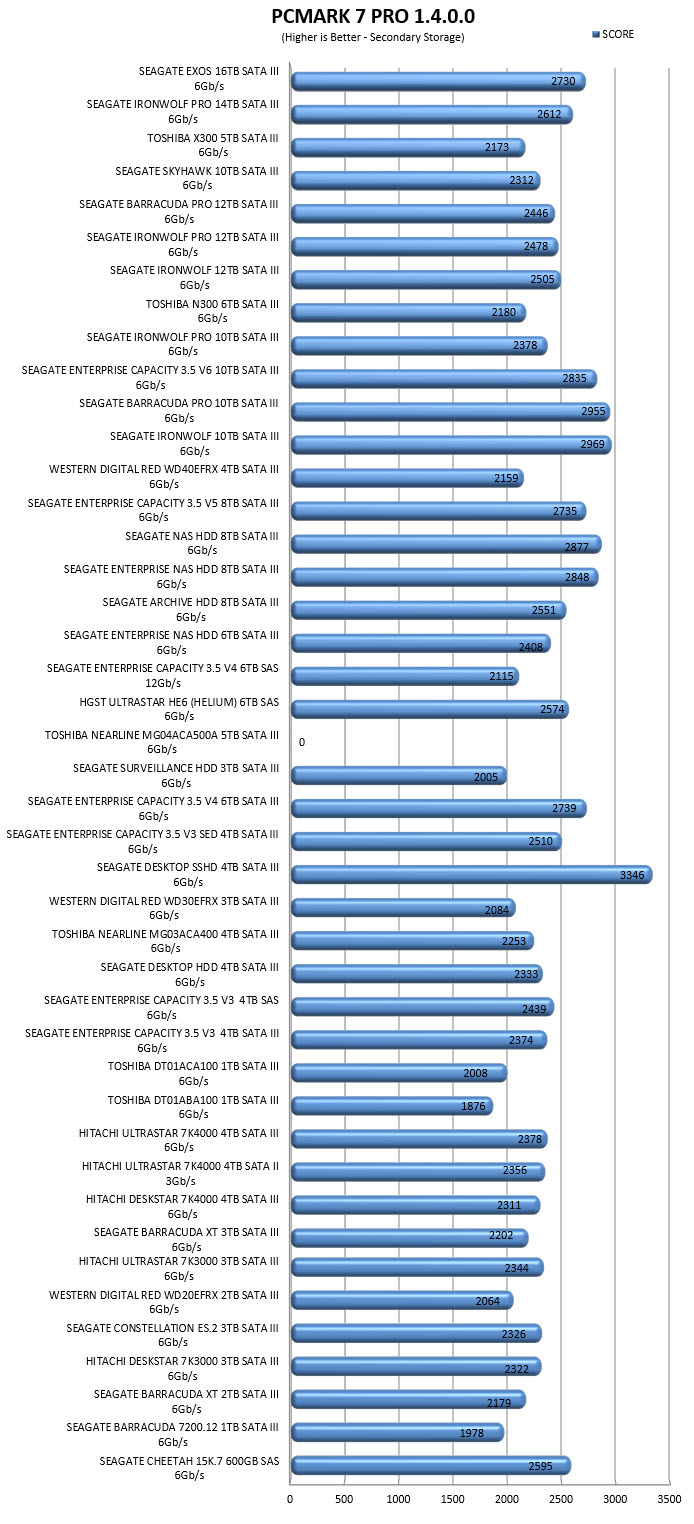


CONCLUSION
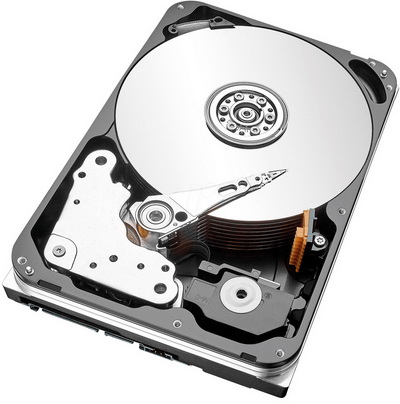
Just like every time we’ve tested a new and higher capacity model by Seagate the EXOS X16 16TB also outperformed a previous generation 14TB drive. This has of course to do with the number of used platters (9 for the 16TB models and 8 for the 14TB models) since more platters equal to higher read and write performance levels and this is still true for the EXOS X16 16TB (although that may not have been the case against the EXOS X16 14TB model – since we didn’t get a chance to test it we can’t say for certain). That being said it’s quite evident from our charts that mechanical drives (at least with current technologies) are reaching their maximum data throughput and even though it’s impressive seeing performance numbers up to 280MB/s and 220MB/s in sustained reads and writes (based on our very own internal tests while transferring over 10TB of data between identical drives) we do hope something changes (the easy way to improve performance would be larger DRAM cache and more platters if possible - multi actuator technology is harder to develop but offers performance levels of up to 500MB/s so that could be the way forward) since SSDs don’t really have the potential to match the price/capacity ratio of mechanical HDDs, not anytime soon that is.
Only 23 days have passed since Seagate officially announced availability of the EXOS X16 16TB drive and it’s already available for a price tag of USD673.67 inside the USA (Amazon.com) and 671.46Euros inside the EU (Amazon.de). You see Seagate may not have been the first manufacturer to officially release a 16TB HDD (Toshiba actually beat them to it) but it’s the only manufacturer currently to have worldwide availability and that we think matters more. That being said spending that much money on a single HDD may not seem like a great deal to regular consumers but the EXOS X16 line (and all EXOS for that matter) are not aimed at regular consumers but professionals, enthusiasts and enterprise users to who price is not of the essence. On top of that add the superb read and write performance levels, the 5-year limited warranty and the impressive endurance numbers (2.5 million hours MTBF and 550TB/yr) and it’s no wonder that the EXOS X16 16TB deserves our Platinum Award.

PROS
- Impressive Build Quality / Durability (550TBW / 2.5 Million Hours MTBF)
- Top Of The Charts Performance (SATA)
- Technologies Used (PowerBalance / PowerChoice / FastFormat / Secure / RAID Rebuild)
- 256MB Cache
- Massive 16TB Capacity
- Temperatures / Noise Levels / Power Consumption
- 5 Year Limited Warranty
CONS
- Price (For Some)

 O-Sense
O-Sense





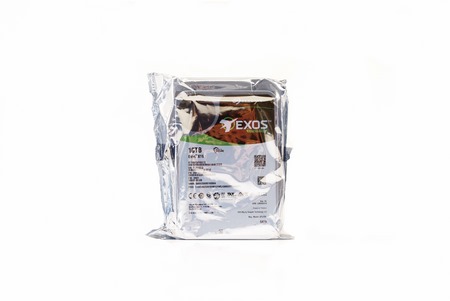
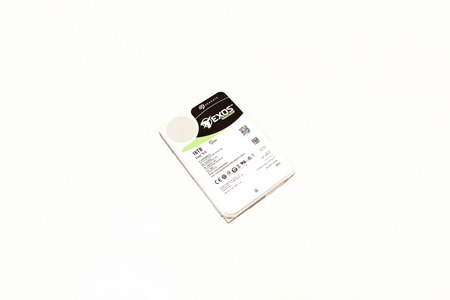
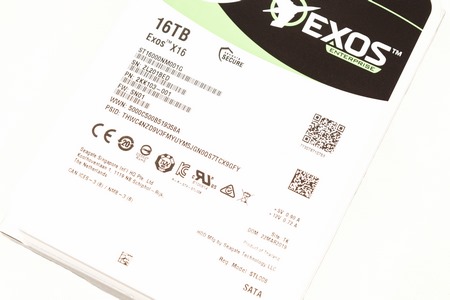
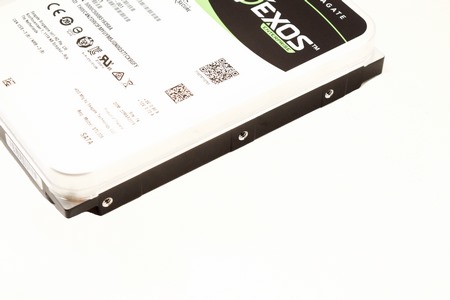
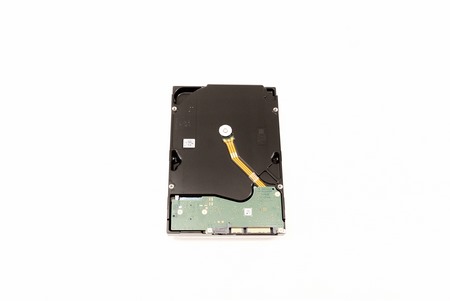
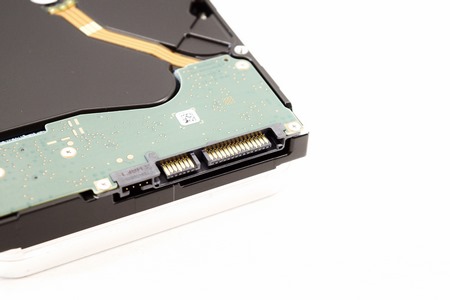


.png)

